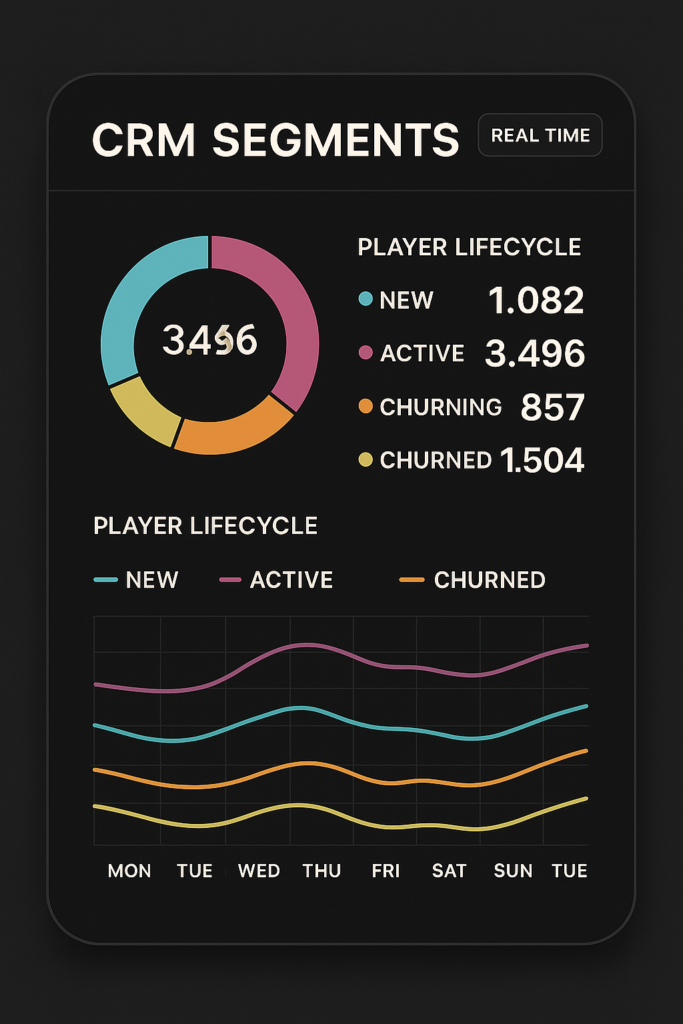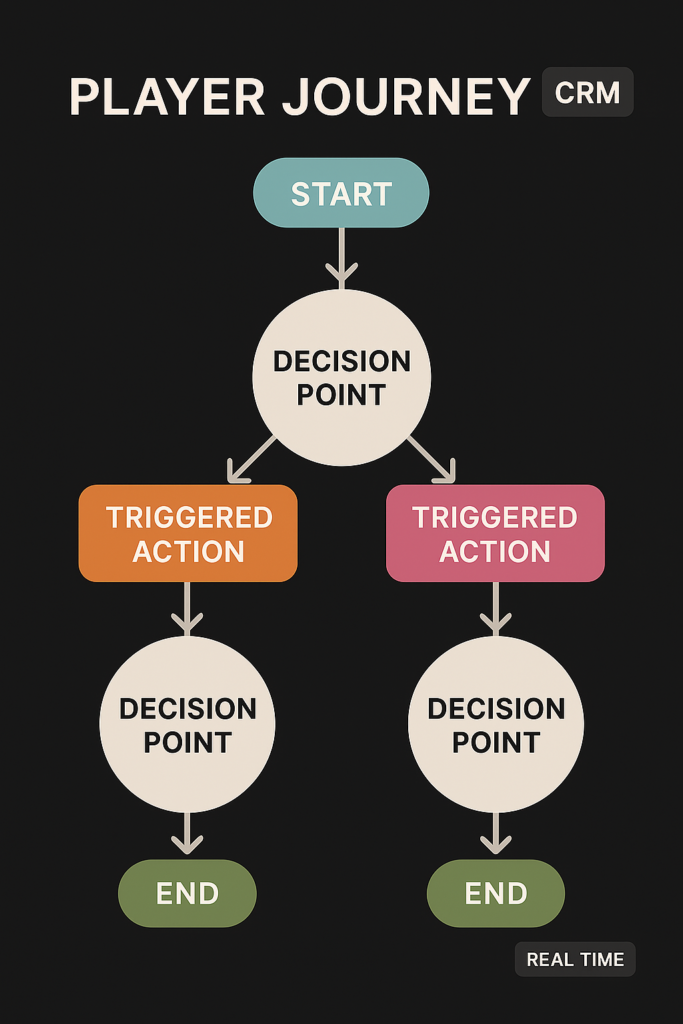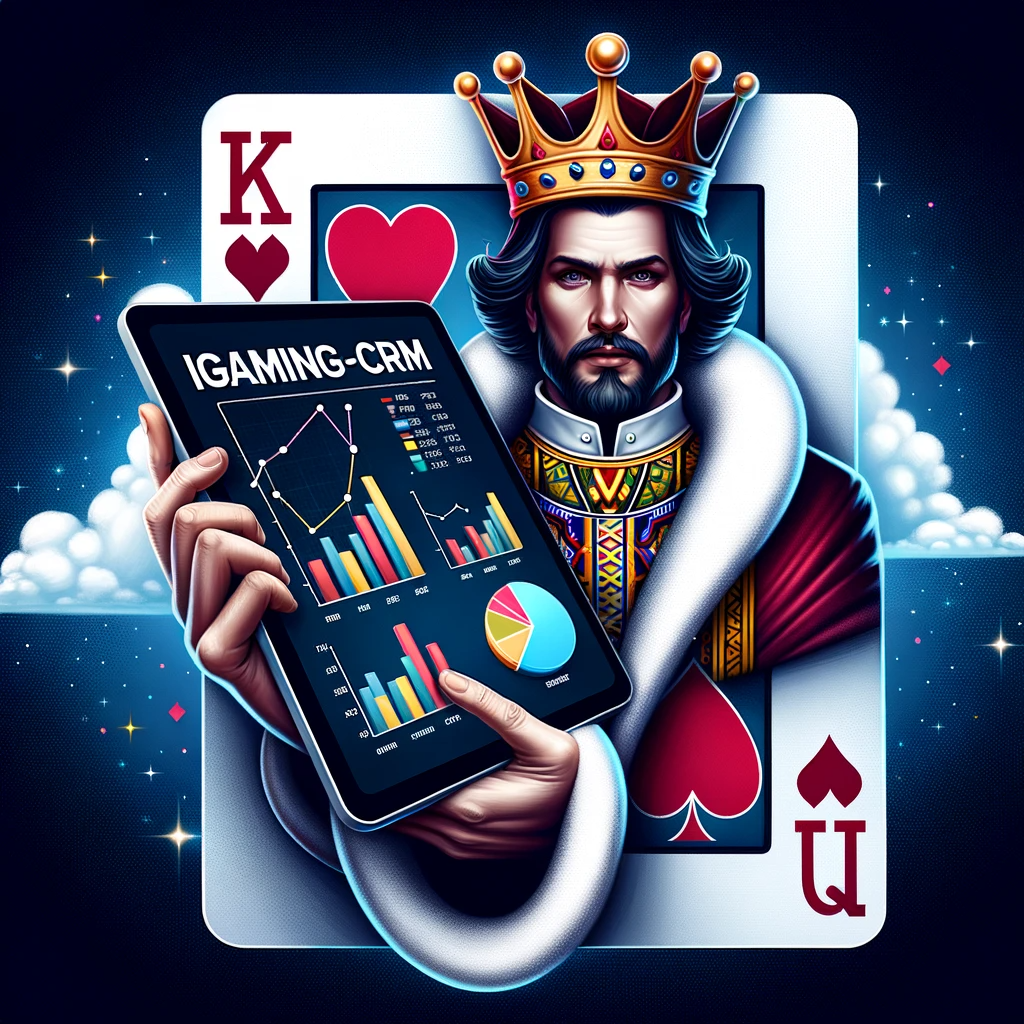Dynamic CRM Segmentation in iGaming
Introduction
\In the fast-paced world of iGaming, understanding players in real time is critical. Static CRM profiles that rely on demographic categories or historic data are rapidly becoming obsolete. Instead, dynamic CRM segmentation is taking center stage. It enables iGaming companies to adapt campaigns and interactions based on live behavior, preferences, and actions. This blog explores why dynamic segmentation is the future and how it’s transforming retention, engagement, and lifetime value in the gaming industry.
Why Static Player Profiles Are Failing
Traditional segmentation methods categorize players by predefined traits such as age, region, or deposit history. While helpful, these profiles fail to capture a player’s changing behaviors or motivations. For example, a high-value player last month may now be disengaged. Yet, the CRM continues to treat them as high priority. This leads to wasted budget, poor personalization, and reduced ROI. Moreover, static profiles lack context, making player interactions feel irrelevant or outdated.
The Rise of Dynamic CRM Segmentation
Dynamic CRM segmentation updates player groups in real time based on behavior, session data, and in-game activity. As a result, the system can trigger precise actions when players show signs of churn, fatigue, or intent to deposit. Unlike static lists, dynamic segments evolve as players interact with the platform. This empowers marketing teams to send timely bonuses, messages, and content tailored to the moment.
ALSO READ

Behavioral Triggers and Micro-Segmentation
Dynamic CRM allows micro-segmentation based on granular triggers. These include actions such as skipping bonus offers, rage quitting after losses, or switching games frequently. CRM tools can then push context-aware offers or send soft nudges. For example, a player showing signs of frustration may receive a cooldown message or loyalty reward. By addressing behaviors instead of labels, platforms improve retention and user satisfaction.
Real-Time Engagement and Lifetime Value
With dynamic CRM, engagement becomes continuous and personalized. Players are no longer pushed into static journeys but move fluidly based on their interactions. This has a direct impact on LTV. Timely upselling, win-back campaigns, and tailored promotions keep players active and spending. Importantly, these efforts also reduce player churn by identifying disengagement early and addressing it promptly.
Tools Powering Dynamic Segmentation
Platforms like Optimove, Salesforce Marketing Cloud, and iGaming-specific CRMs now offer robust dynamic segmentation features. These tools integrate with analytics engines to ingest clickstream, session, and transaction data. They enable marketers to create dynamic segments like “players who deposited 3x in 7 days and haven’t returned in 72 hours.”
Additionally, machine learning algorithms help predict player intent and automate responses. This turns your CRM into a proactive retention engine rather than a passive data warehouse.

Challenges in Implementation
Transitioning from static to dynamic segmentation can be complex. It requires clean, unified data sources and clear rules for behavior tagging. Teams must also balance automation with human oversight. Over-targeting or irrelevant messages can backfire. Therefore, frequent testing and iteration are key. Furthermore, CRM teams must collaborate with product, data, and compliance teams to ensure proper personalization boundaries.
Dynamic Segmentation and Responsible Gaming
Interestingly, dynamic CRM can also support safer gambling. By tracking behavioral patterns in real time, platforms can detect risky behavior early. This enables automatic cool-off prompts, time-out messages, or even flagging for human intervention. In this way, personalization doesn’t just drive revenue, it protects player wellbeing and supports compliance.
From Campaigns to Conversations
Dynamic CRM segmentation shifts the CRM mindset from campaign blasts to live conversations. Players receive the right message at the right time based on what they’re doing now, not what they did last month. As a result, brands become more responsive, relevant, and trusted. This shift elevates the overall user experience and drives long-term loyalty.
Conclusion: Adapt or Be Left Behind
The iGaming space is evolving rapidly, and so must your CRM. Static profiles no longer deliver the precision or responsiveness players expect. By adopting dynamic CRM segmentation, operators can boost engagement, personalize responsibly, and optimize marketing ROI. It’s time to stop looking back and start reacting to the present.
Call to Action
✉️ Get our free iGaming CRM Playbook and learn how to implement dynamic segmentation that drives player loyalty, reduces churn, and improves compliance.

